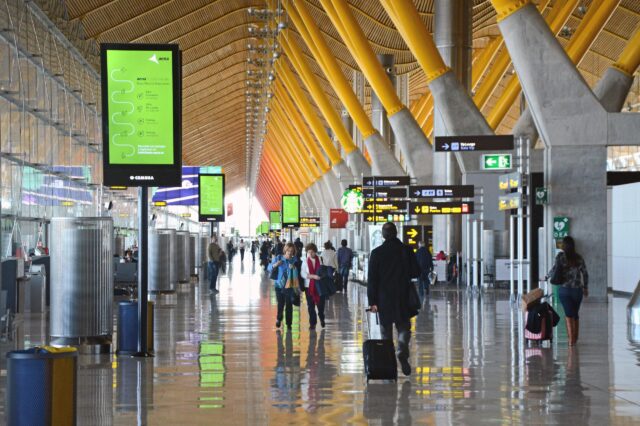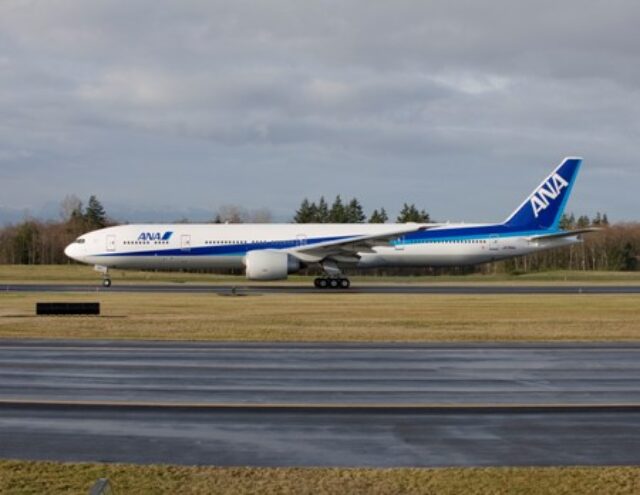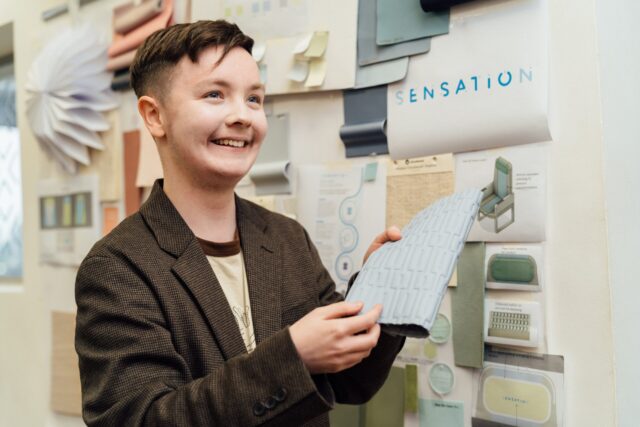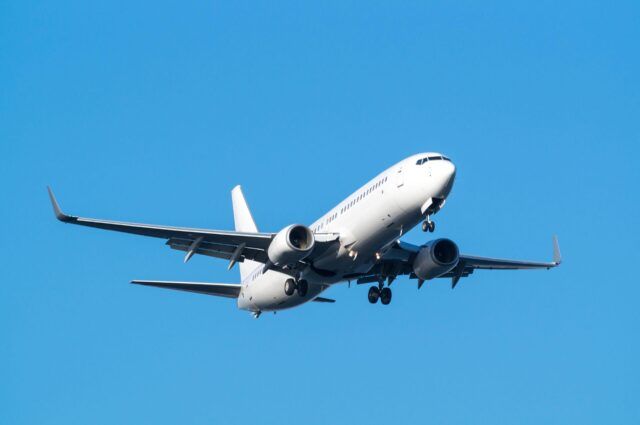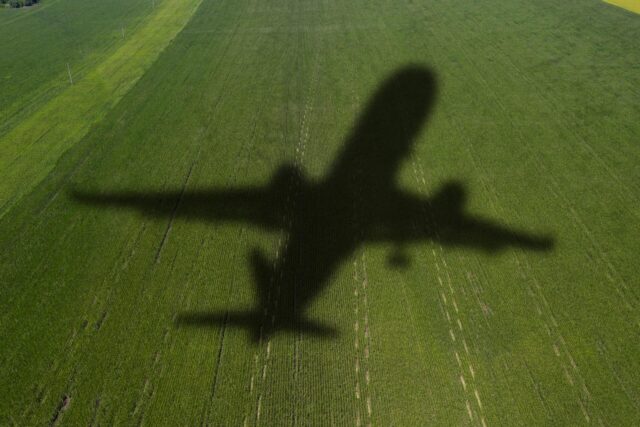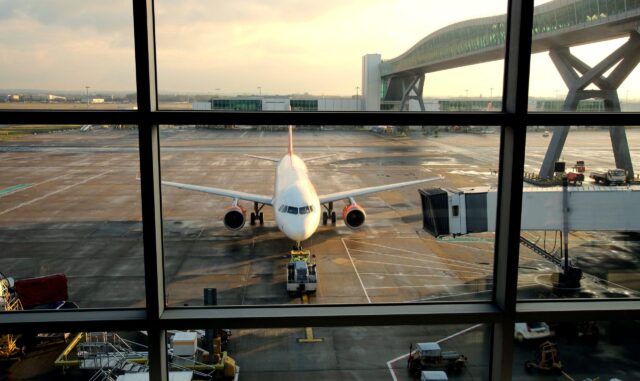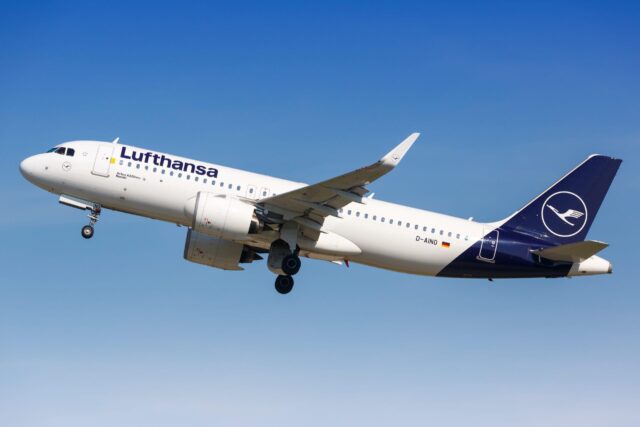UK CAA reflects on sustainability challenges

“As a regulator, regulators come under intense scrutiny and criticism for being slow. I think we being really proactive here and actually setting the tone of really driving things forward in this space”.
Reflecting on his first year in the role of head of sustainability at the UK Civil Aviation Authority, Harry Armstrong struck a note of conservative optimism; suggesting that although it’s “going to be incredibly hard to maintain the government’s growth agenda” alongside sustainability responsibilities, the regulator is nevertheless well placed to “realise where the really big challenges are”.
Noting the “huge amount of uncertainty” as to whether pre-pandemic emissions levels can be reached amid ongoing growth, “we need to be looking at this as a whole picture, and we need to be realistic about where we are now,” suggested Armstrong. Whether it’s uncertainty surrounding the scaling of SAF manufacture (with the CCC’s predictions around SAF uptake are “much less than the government’s”) or the “huge amount of uncertainty around the technology development” of carbon removals, the issues are immediate ones. “There are good steps, there is important progress that we have made but we need more policy intervention, and we need to step up. And that’s from government, from a regulatory point of view, and from industry. We all need to keep pushing on this much harder than we are,” he suggested.
In terms of airspace modernisation, Armstrong cautioned that while “there are opportunities there, [the CAA needs] to be really careful about how far it thinks [it] can push this in terms of achieving significant environmental improvements”. Notably, “if we think about the marginal impacts that we have through efficiency and carbon benefits, a number of those are going to be overtaken by the growth that we see in the industry, so what we really need to do is really understand where we get the biggest bang for our buck on that airspace design and change,” he suggested.
However, the UK regulator is nevertheless making progress on a number of projects, notably on areas where it has a particular statutory responsibility. The extension of an 18 month hydrogen sandbox funding programme will now extend from an initial three organisations to 13 – offering financial and regulatory support to “build that understanding of where we need to ensure safety with the new technology, making sure the policy and regulation is right, but also making sure that we’re testing things on the ground which is able to support the development of that technology”.
Other areas of focus include continuing the working groups set up around propulsion systems, aircraft certification and aerodromes, “working very closely with the industry and with government to take those forward so [the CAA] can really understand where these gaps and opportunities are”. These will be augmented by the Jet Zero Task Force.
“Another role we play as the CAA is a role of environmental reporting, not just holding ourselves to account but the industry and government in terms of deliveries and action in those policies, and making sure that as we know as an industry where we are on the transition to net zero,” Armstrong continued. “And we use that information to drive change in the world, but make sure that information is available to anybody, if they’re looking to assess where the industry is and put pressure or support the good practice that’s going on”. In this spirit of openness and transparency, the CAA will be publishing a roadmap setting out its upcoming reporting objectives later this summer.
Additionally, at the end of the year, an updated aviation environmental review will be “a step forward from what the [CAA has] done before,” while the publication of an environmental information provision framework will look to increase consumers’ awareness of the environmental impact of their flights. The start of 2026 will also see the publication of an aviation noise attitude survey – one which has already received double the expected number of responses, at over 30,000 to date.
“Fundamentally we need to be aware that everything we’re going and everything government is doing isn’t going to be enough, and that we have to keep assessing whether the policies we have in place are going to be enough,” Armstrong concluded. “And that’s part of what we want to keep coming back to, particularly through our environmental reporting, to make sure we know where we are and what we need to do”. He added: “I think there’s a question for us in government as to whether the CAA is playing enough of a role, and whether further statutory change would support the CAA to be more involved”.




